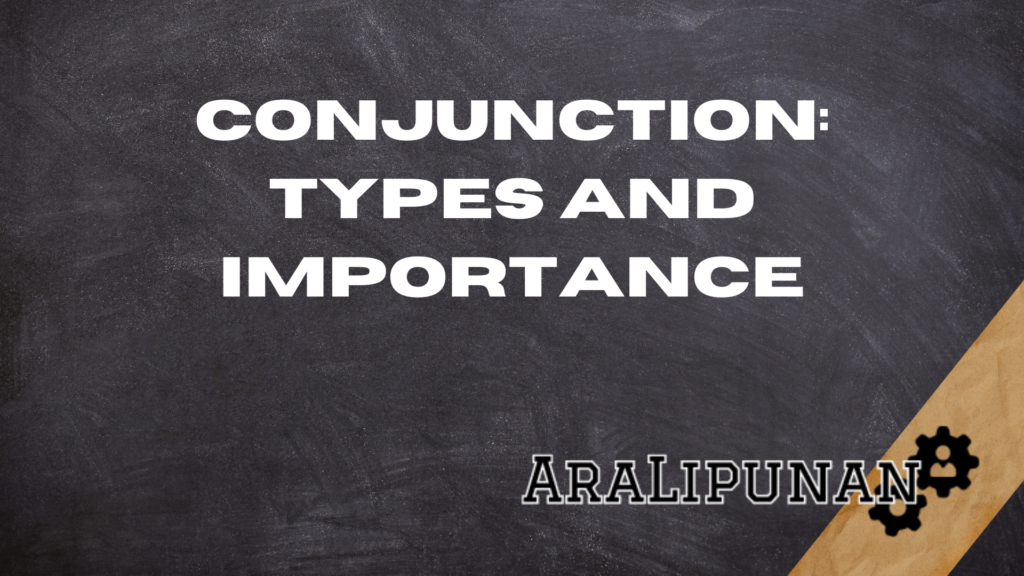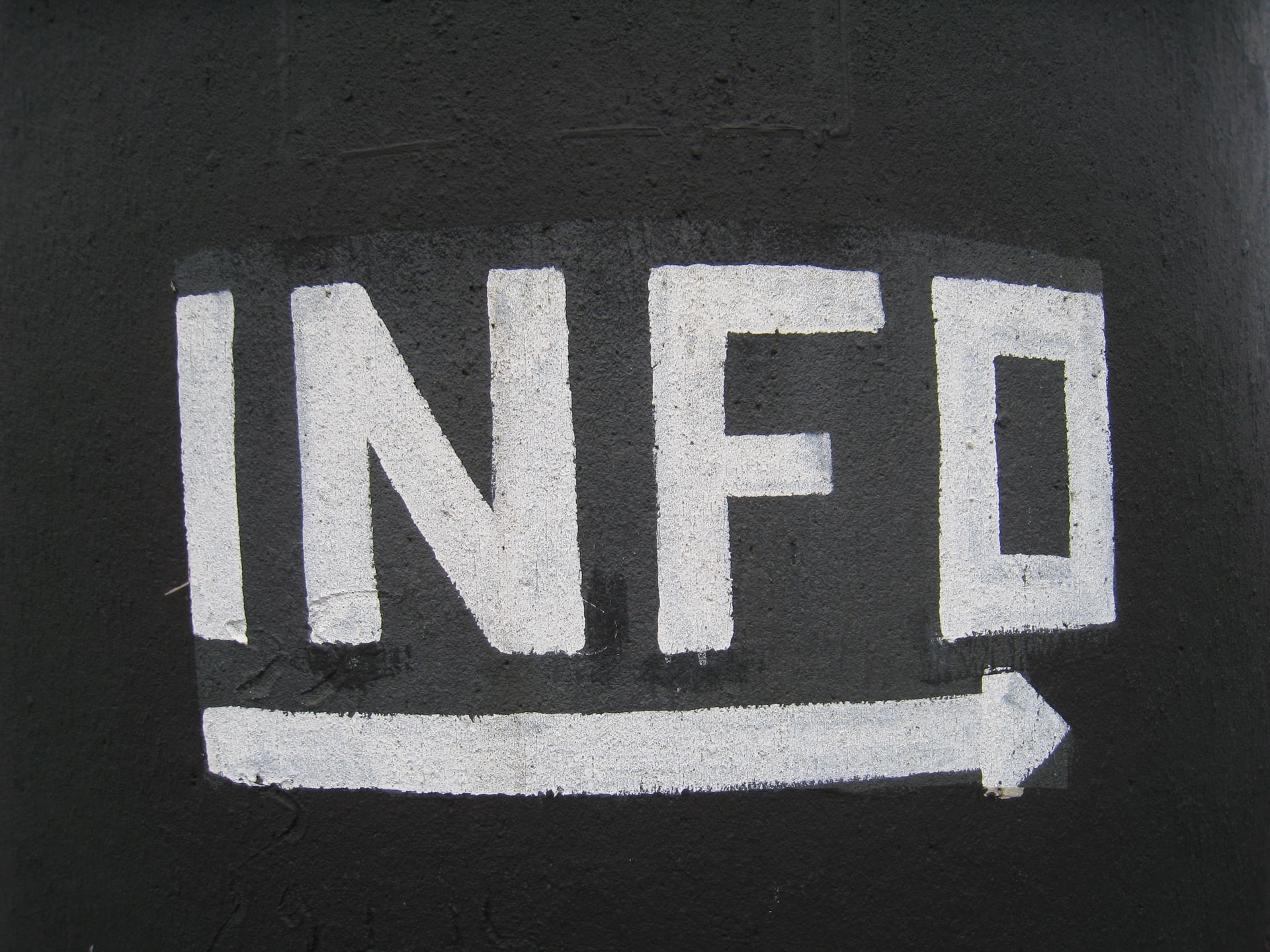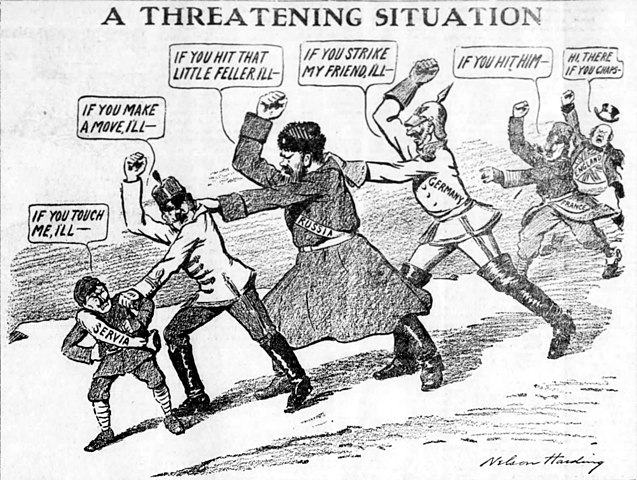What is a Conjunction and Its Types
A conjunction serves as a linguistic link, connecting words, phrases, or clauses within a sentence. Its primary function is to depict relationships between ideas and unite distinct components of a sentence, fostering coherence and smooth flow in written expression by delineating the connections among its elements.

Types of Conjunctions
There are 3 types of Conjunctions
- Coordinating Conjunctions: These join words, phrases, or clauses of equal significance. Common coordinating conjunctions include “and,” “but,” “or,” “nor,” “for,” “so,” and “yet.” For instance: “She appreciates tea, but he favors coffee.”
- Subordinating Conjunctions: These link a dependent (subordinate) clause to an independent one, indicating their relationship, such as cause and effect, contrast, time, or condition. Examples encompass “although,” “because,” “if,” “when,” and “while.” For example: “I’ll head to the store if the rain subsides.”
- Correlative Conjunctions: These are pairs of conjunctions working in tandem to link words or groups of words within a sentence. Familiar correlative conjunctions are “either…or,” “neither…nor,” “both…and,” “not only…but also,” and “whether…or.” For instance: “She embodies not only intelligence but also a strong work ethic.”
Importance of Conjunctions
Conjunctions play a vital role in writing for several compelling reasons:
- Facilitating Coherence and Flow: By linking words, phrases, and clauses, conjunctions contribute to the creation of coherence in writing. This linkage ensures a smooth flow of ideas, guiding readers through the logical connections within a text and enhancing overall comprehension.
- Enabling Complex Sentence Structures: Conjunctions empower writers to construct intricate sentence structures by connecting independent and dependent clauses. This complexity allows for the expression of nuanced relationships between ideas, thereby supporting the development of sophisticated arguments or detailed descriptions.
- Enhancing Variety and Style: The use of a diverse range of conjunctions contributes to the stylistic richness of writing. Writers can introduce rhythm, balance, and interest to their sentences, preventing monotony and elevating the overall quality of the prose.
- Indicating Logical Relationships: Conjunctions serve as markers of logical relationships within a sentence, including cause and effect, contrast, addition, time sequence, or condition. This ensures that writers convey their intended meaning accurately and aids readers in interpreting the connections between ideas.
- Promoting Sentence Economy: Conjunctions enable writers to convey multiple ideas within a single sentence, fostering sentence economy. Rather than crafting separate, shorter sentences, conjunctions facilitate the synthesis of related thoughts into more concise and efficient structures.
- Facilitating Transitions Between Ideas: Acting as transitional devices, conjunctions signal shifts between ideas or points of view. They act as guiding signposts for readers, helping them navigate the logical progression of the narrative or argument.
- Conveying Emphasis and Contrast: Specific conjunctions, such as “but,” “however,” and “although,” prove invaluable for emphasizing or contrasting ideas. These conjunctions highlight differences, exceptions, or unexpected turns in the narrative, thereby adding depth and nuance to the writing.
In summary, conjunctions significantly enhance the structure, clarity, and expressiveness of writing. They are indispensable tools that empower writers to effectively convey complex ideas, maintain coherence, and engage readers in a well-organized and compelling manner.








